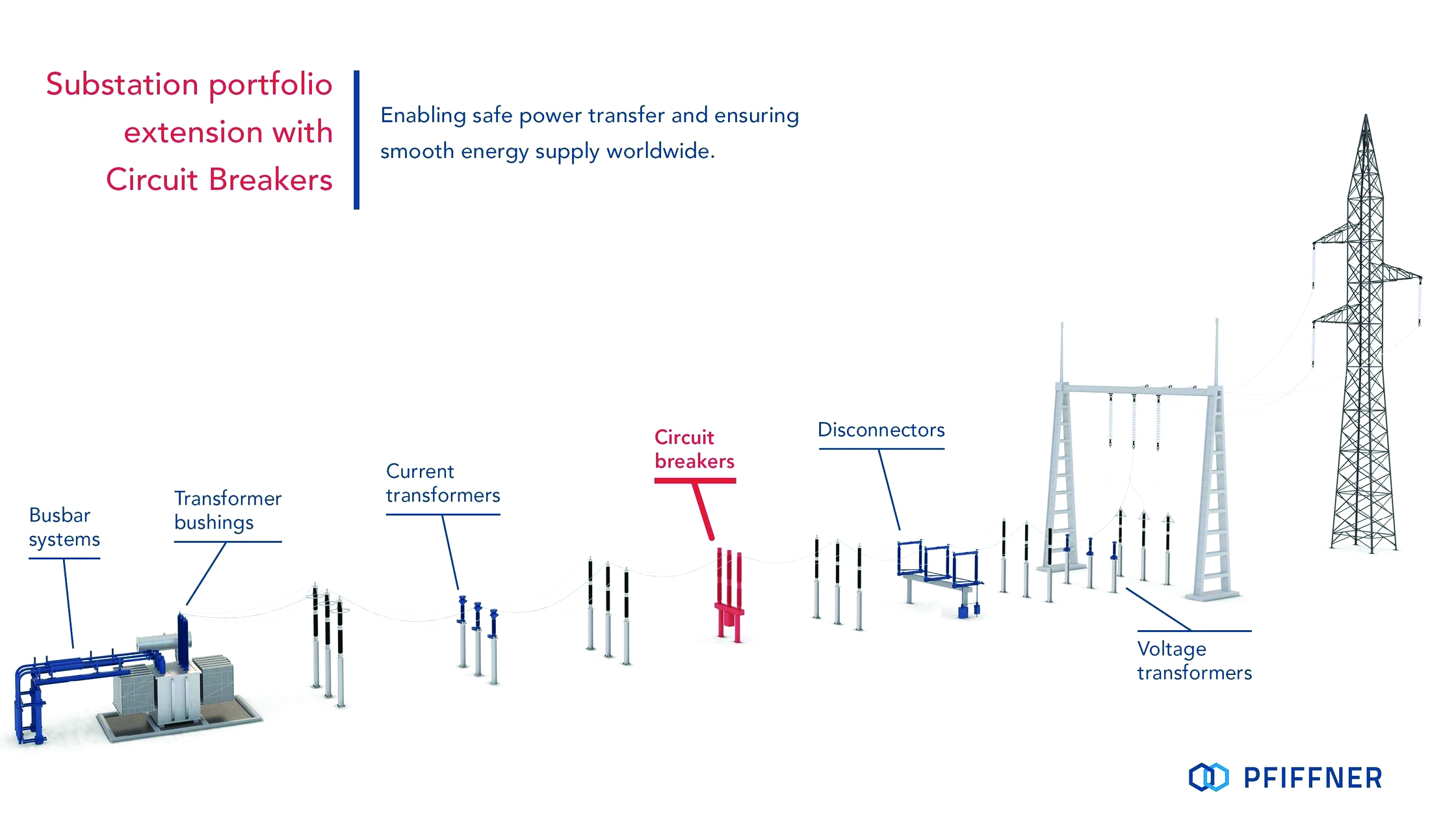Simulation and Optimization of High-voltage circuit breakers
The Pfiffner Group is working on the development of a new type of high-voltage circuit-breaker with environmentally friendly insulating gas for use in substations. A 1D simulation model is to be developed in order to optimize individual parameters of the complex system.
Simulation and Programming language Python
A circuit breaker is a complex, multi-physical system in which many manufacturing parameters can be changed without knowing the exact effects on performance. For this reason, software tools are used that employ multivariate optimization algorithms to optimize the basic design. Usually, 3D CFD simulation software is used, but this has the disadvantage of being time-consuming. One-dimensional simulation models, on the other hand, significantly reduce the time required, which means that optimization based on them can be implemented more quickly.
A 1D simulation model is to be developed, which depicts the relevant components and their interaction with sufficient accuracy. This model will then be used to optimize the performance of the overall system (e.g. arc extinguishing capability), taking various system parameters into account.
The 1D simulation model was developed using the Python programming language. The initial simulation results show that it is possible to reproduce reality with sufficient accuracy using simple partial models, which represent individual physical behavior.
The next step is to link the individual models with each other and compare them with the extensive 3D simulations. If a satisfactory level of accuracy is achieved, optimization algorithms are used to improve the design based on the 1D model.
Client | |
Execution | |
Duration | 1 year |
Funding | |
Team | Martin Pischtschan, lecturer, project manager and supervisor Kilian Pedolin, research assistant |

